Affiliate links on Android Authority may earn us a commission. Learn more.
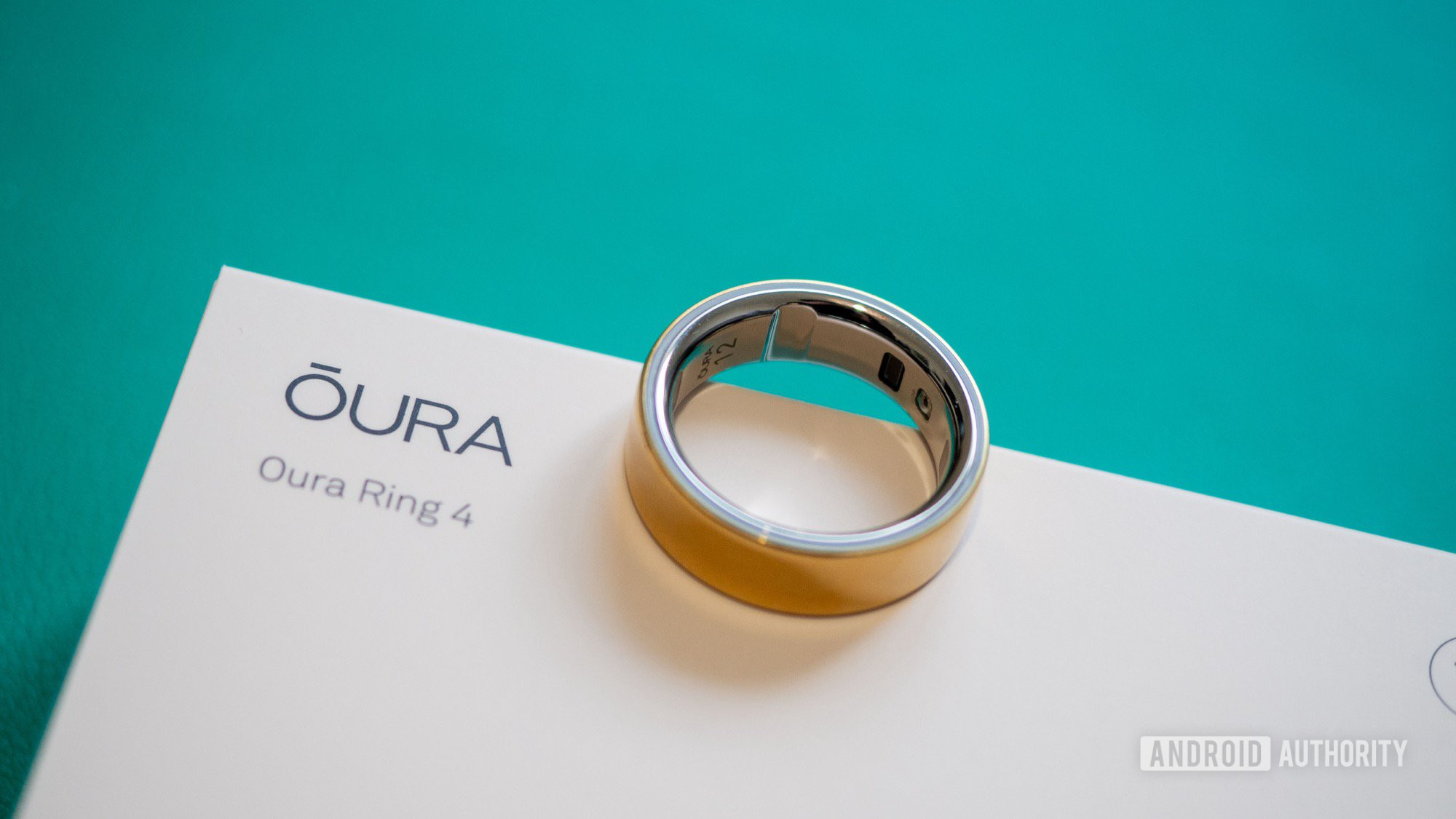

The Oura Ring 4 isn't the prettiest smart ring I've tested, but it's by far the best — and kindest
Published onOctober 15, 2024

Oura Ring 4
MSRP: $399.00
What we like
What we don't like

Oura Ring 4
Having worn the Oura Ring 3 for well over 18 months now, I’ve been champing at the bit, waiting for its successor to land. In these same 18 months, smart rings have gone from an obscure wearable category to a mainstream accessory thanks, in no small part, to Samsung’s Galaxy Ring. But I stuck with my Oura ring because it still offered, in my opinion, the best experience. I’ve been curious, though, to see Oura’s response to this onslaught of competition.
Would the Oura Ring 4 propel it so far ahead that it would take the others a couple of years to catch up, or would this new ring be nothing but a simple nudge forward?
Fewer bumps, but still the same bulk
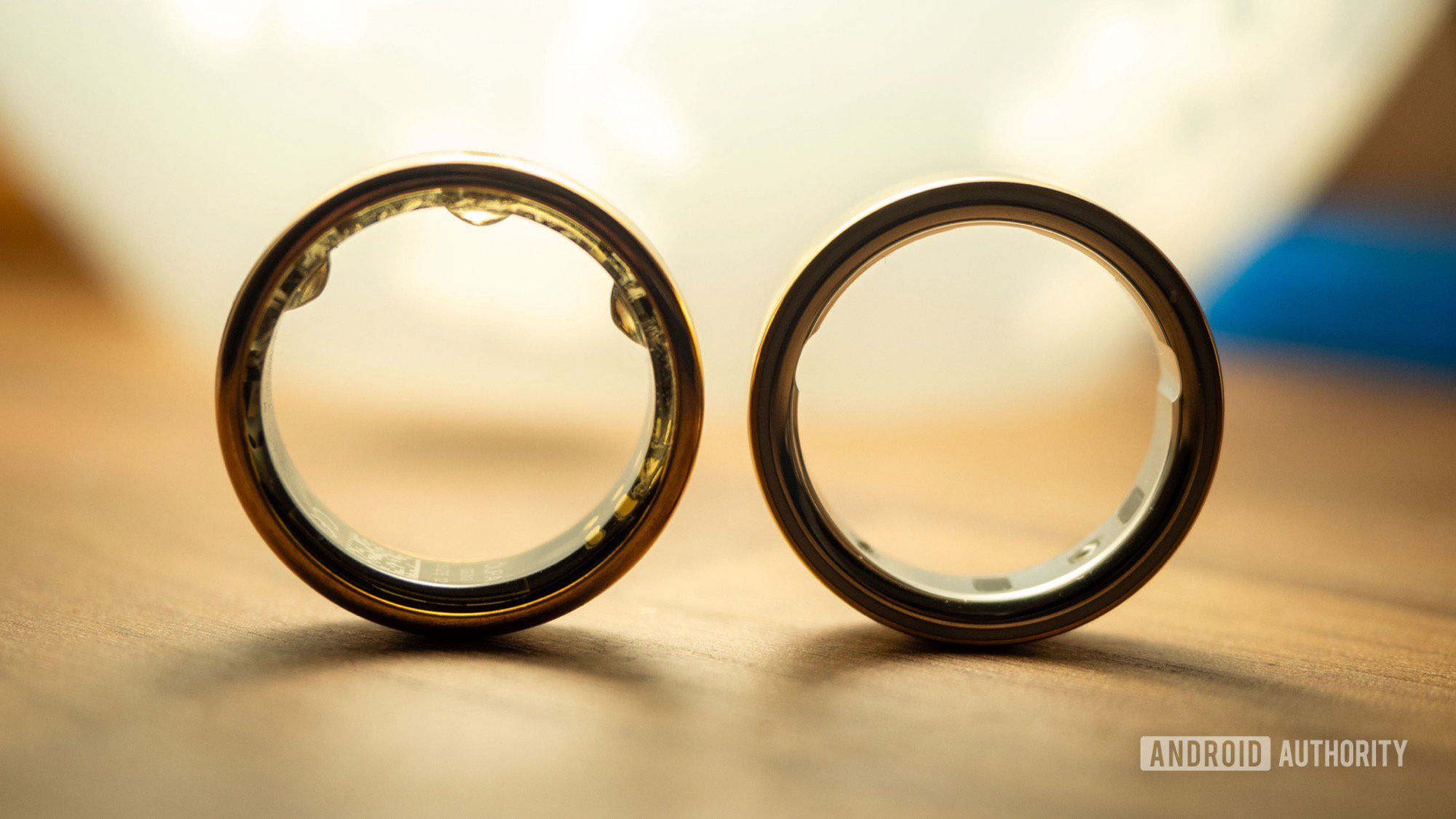
The Oura team’s biggest achievement with the Ring 4 is flattening out the sensor bumps that stick out inside the ring (see image above), which improves comfort without sacrificing accuracy compared to the Oura Ring 3. This is a monumental step forward for all smart rings, and it shows why Oura has such a head start on all its competitors; they’ll all have to catch up to this new standard or look worse in every other comparison.
I’ve been wearing the Ring 4 for 10 days and I did notice a minor improvement in comfort. I have thicker fingers, so the bumps were never that disturbing to me, but for someone with bonier fingers, I think the difference in comfort will be much more noticeable. However, the fact that this was achieved without affecting data is what’s most impressive. I get the same results and the same accuracy for my sleep and heart rate as I did with the Ring 3.
By flattening out the sensor bumps for the Ring 4, Oura is taking a step ahead of all of its smart ring competitors.
I also love that the interior has been switched from epoxy to titanium; it just looks better and feels better against my skin. However, I find myself scratching my head over Oura’s decision not to coat the entire top titanium layer in some of its colorways. There’s a light middle layer visible from the sides on the silver, brushed silver, gold, and rose gold rings, but not on the black and stealth colorways. Check them out in the photo below.
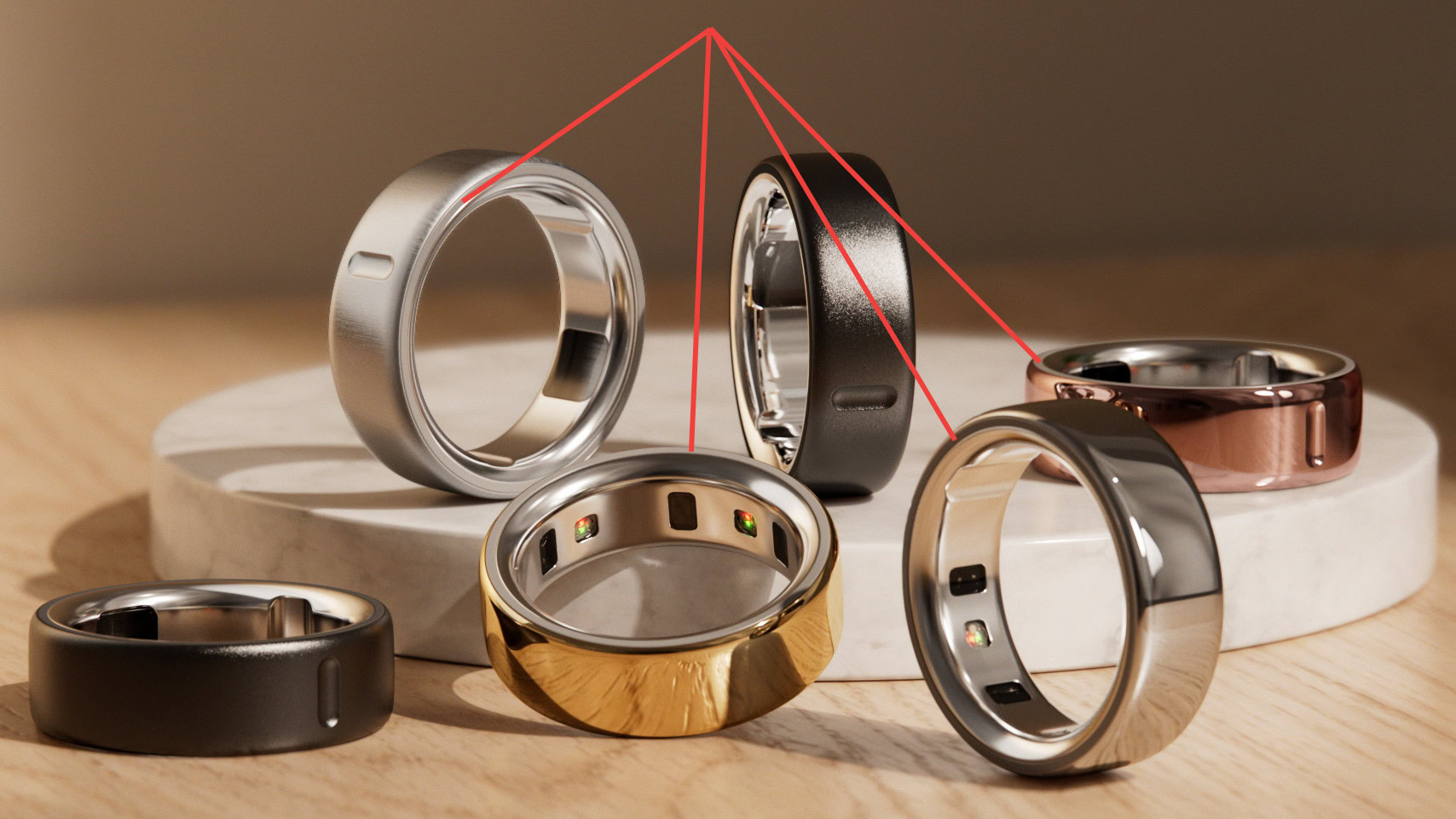
While you and I will know that this a high-end titanium ring, everyone else will see a white layer just below the metallic coating and think, “Oh, this must be a cheap plastic ring.”
The light middle layer, bulky design, and simple charging puck are all things Oura should have figured out by now.
Smart rings are supposed to look like pieces of jewelry and blend in with the rest of our accessories, so I do think this cheapens the Ring 4. You might get away with it on the silver and brushed silver versions, but it clashes too much against the gold and rose gold colors, which are incidentally much more expensive. Paying $499 ($150 more than the base price) to get an incomplete coating is unacceptable.
My biggest disappointment, though, with the Oura Ring 4 is that I kind of expected more. Or less, to be exact. I wanted this new-generation ring to be less bulky and less imposing. After testing the Samsung Galaxy Ring, I fell in love with its shorter, slimmer, more concave design. Samsung nailed that aspect: Its ring rests better against my other fingers, looks and feels less bulky on my hand, doesn’t get scratched as easily, and reflects light better (which makes it look more elegant).
Check the photos of the sizing rings below, in the same size. The Oura Ring 4 is white, and the Galaxy Ring is black. The difference might look minute, but for such a small item, I confirm to you that it really matters.
I’ve been wearing the two rings on the same hand for 10 days, and my gold Oura Ring 4 picked up a light scratch on the second day (check the red highlight below) and has developed some patina, while the Galaxy Ring still looks as good as new.
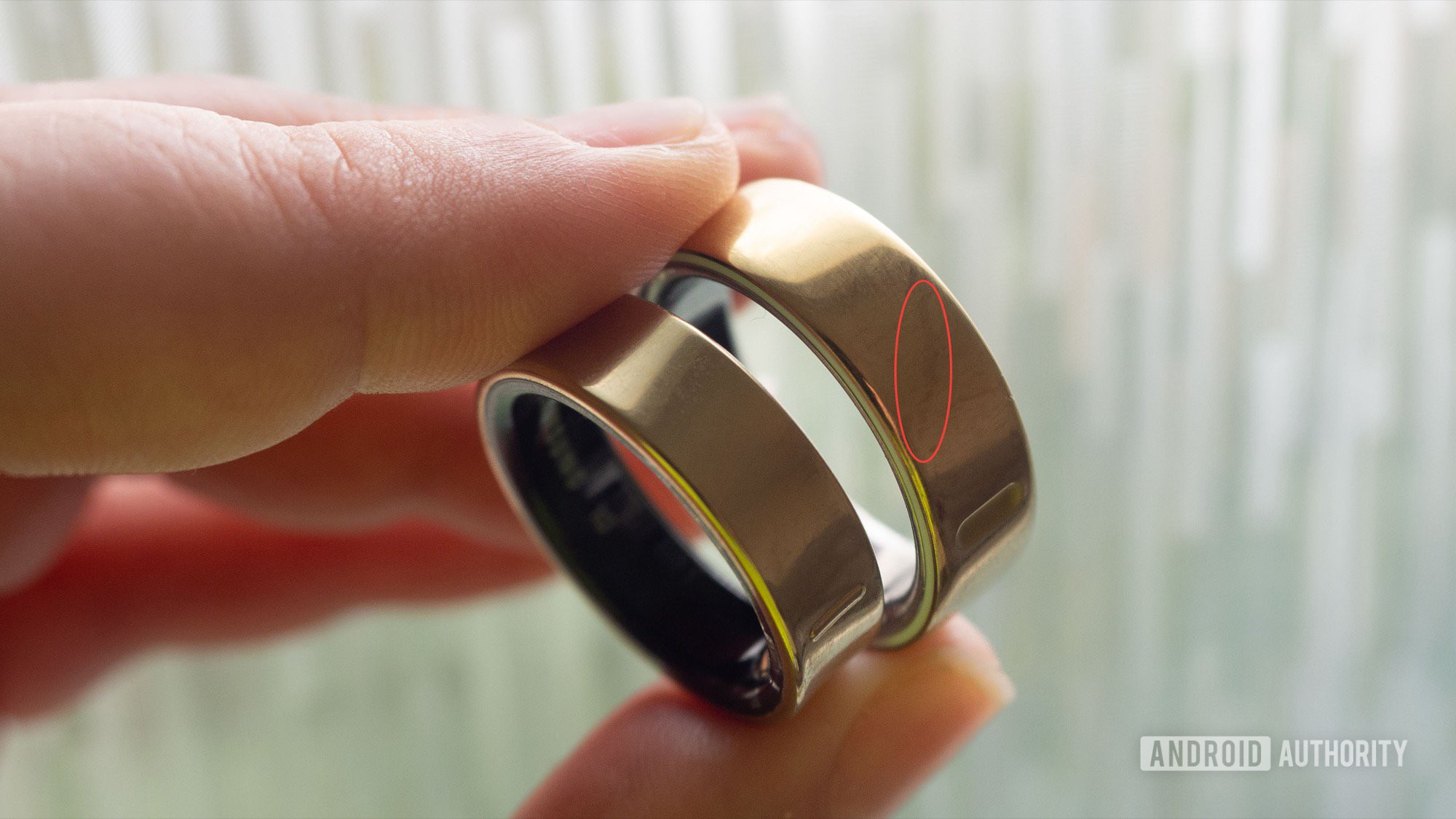
Samsung, as well as a lesser-known brand RingConn that just released a pretty great Gen 2 model, also nailed the charging experience of their rings. Their portable cases are so much more convenient than a charging puck, especially if you travel or move around a lot. I have to plug and unplug the Oura puck each time I want to charge it, whereas I can charge the Galaxy Ring case once and then use it to fill up its ring multiple times.
So, while I do appreciate all the work that went into making the Oura Ring 4’s sensors smaller, I still think Oura has a lot of catch-up to do on the general design and aesthetic of its ring, as well as its charger.
More automated activity tracking
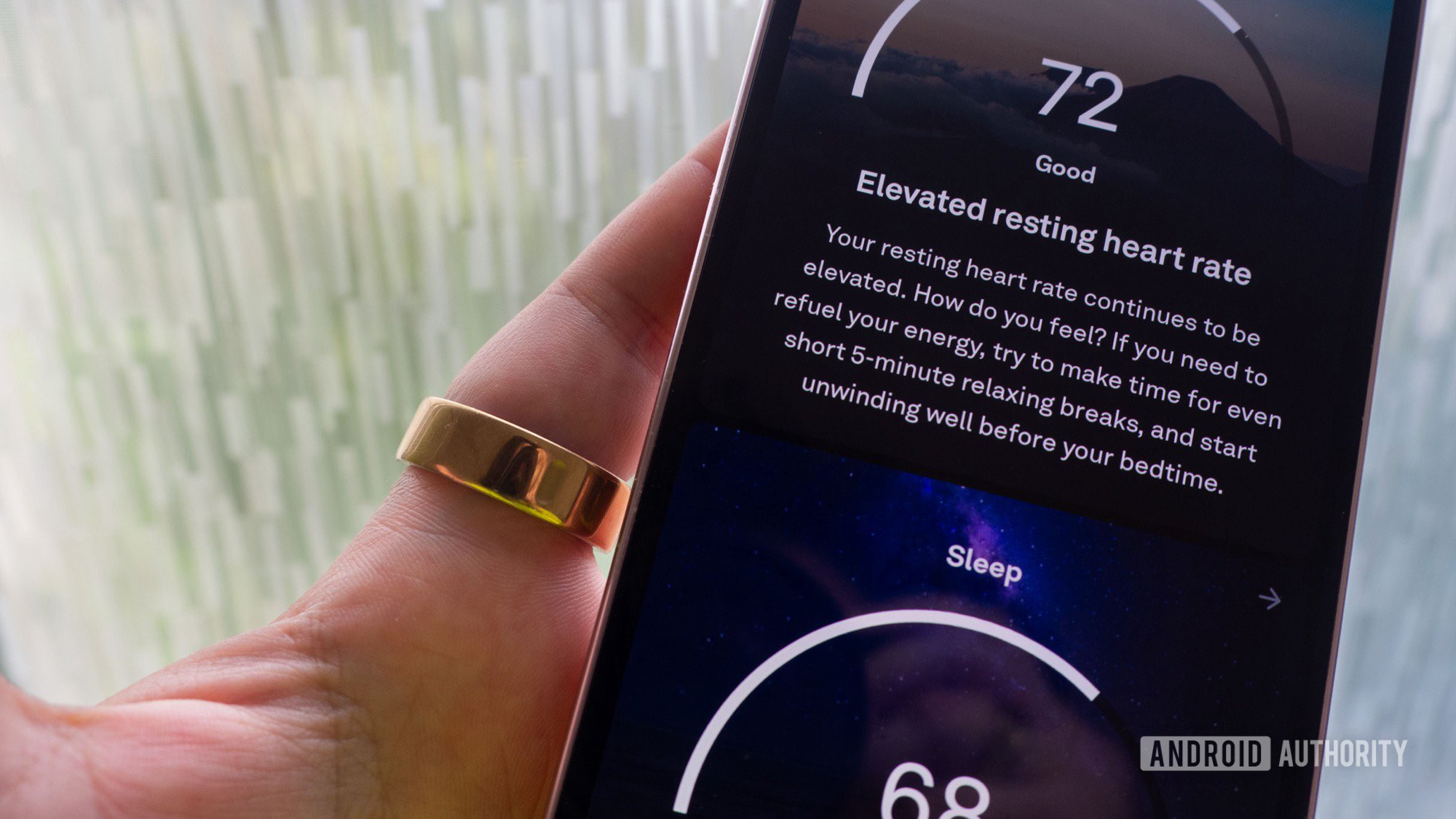
The new Oura Ring 4 and app promise a more automated activity tracking experience — one improvement I was really excited to test. Previously, I had to remember to go into the app and start an activity to get proper tracking (continuous heart rate and GPS), which I literally never did because I’m so forgetful. Without that, I’d get a very basic activity tag but not much data, which made proper activity tracking near useless to me on Oura. I’d rely on my Pixel Watch 3 and Fitbit instead.
I don't need to remember to start tracking; the Oura Ring 4 knows when I'm moving and switches into its active mode.
Now, the ring just knows that I’ve started to move and switches to this active tracking mode, even for short bursts. A 10-minute walk to the metro entrance, a quick 30-minute walk around the neighborhood; it tracked it all, and I didn’t have to tell it anything beforehand. I love that.
Just, uh, make sure you give the Oura app location permission before you do that, and don’t make the same mistake I did. Because you’ll end up with a nice heart rate graph and no map.
The best smart ring software experience, bar none
Along with the Ring 4’s release, Oura has updated its already excellent app to a fresh new design with more functionality. Things are better organized now, and it’s easier to see all of the daily scores the moment I open the app.
The readiness, sleep, activity, heart rate, and stress scores, along with my menstrual cycle day, are the first things I see on the Today tab. No more scrolling down large cards just to check one score. I can still do that, of course, but I like that there’s more visible data on top.
A great new feature is the ability to switch through the data (readiness, sleep, activity, heart rate and stress, and daytime stress) of any given day. If I’m looking at my bad readiness score on October 5, for example, I can immediately tap the five floating icons at the bottom to see if that was due to poor sleep and whether it affected my activity and stress during that day.
Oura has also gone a step further and made it possible to overlay daily movement, activities, and tags on top of the daytime stress graph. This is the kind of data integration I want to see from my trackers because I can quickly tell if my stress is related to movement or if it also happens when I’m inactive. Using tags, I can also add alcohol or caffeine consumption, fever, headaches, and any kind of meds, sickness, or element and track how that affects my stress. This makes Oura an invaluable tool if you’re trying to see how something — or anything really — affects your health.
Overlaying activity and tags on my stress graphs helps me understand what affects my stress positively and negatively.
I just wish this overlay was also available for the heart rate graph, and I’d love to see Oura figure out a way to show these tags in relation to readiness and sleep tracking, too. That would help me connect the dots better.
However, I’m not as much of a fan of the app’s new Vitals tab because it just shows those same vitals from the Today tab, except now you scroll through them vertically instead of horizontally. Perhaps a better use for that screen would be to show the incredibly valuable trends, which remain hidden in the side menu. Or at least give us the option to do that?
The third tab now houses a general My Health overlook, which highlights your resilience, heart health (cardiovascular age and cardio capacity), and sleep health (regularity, chronotype). It also gives you access to all of Oura’s reports (weekly, monthly, quarterly, and yearly) so you know how you’ve been progressing.
There are so many long-term trends that are worth checking out to gauge my overall health progress.
This last part, I think, is one of the most impressive aspects of the Oura experience compared to other fitness trackers I’ve used. Health is a journey, as the cliché says, and while most trackers focus on the day-to-day, leaving me to go dig around in separate graphs and stats to see the bigger picture, Oura does that for me. Every week, every month, every quarter, every year, I get an automatic report that tells me to pause and reflect on where I’m at. For now, Oura doesn’t interpret these for me (it just gives general explanations about what a good or bad score mean, or what an upward or downward trend reveal), but I can imagine that it will soon start tailoring its interpretation to my actual stats.
It’s also clear that Oura is using that long-term data to gauge the resilience, heart health, and sleep health stats. Plus, that data helps with the useful spotlight trends hidden in the side menu — seriously, Oura, just bring those to the forefront! I don’t have to look long there to see my health has taken a hit lately.
Of course, for those who want to dig deeper and see everything for themselves, there are still the super detailed graphs of every single one of the 25 metrics tracked by the Oura Ring 4, all visible by day, week, month, or year. And boy, are there graphs there! If you’re a stats nerd, you’ll love them.
Oura still gets me like no other fitness tracker does
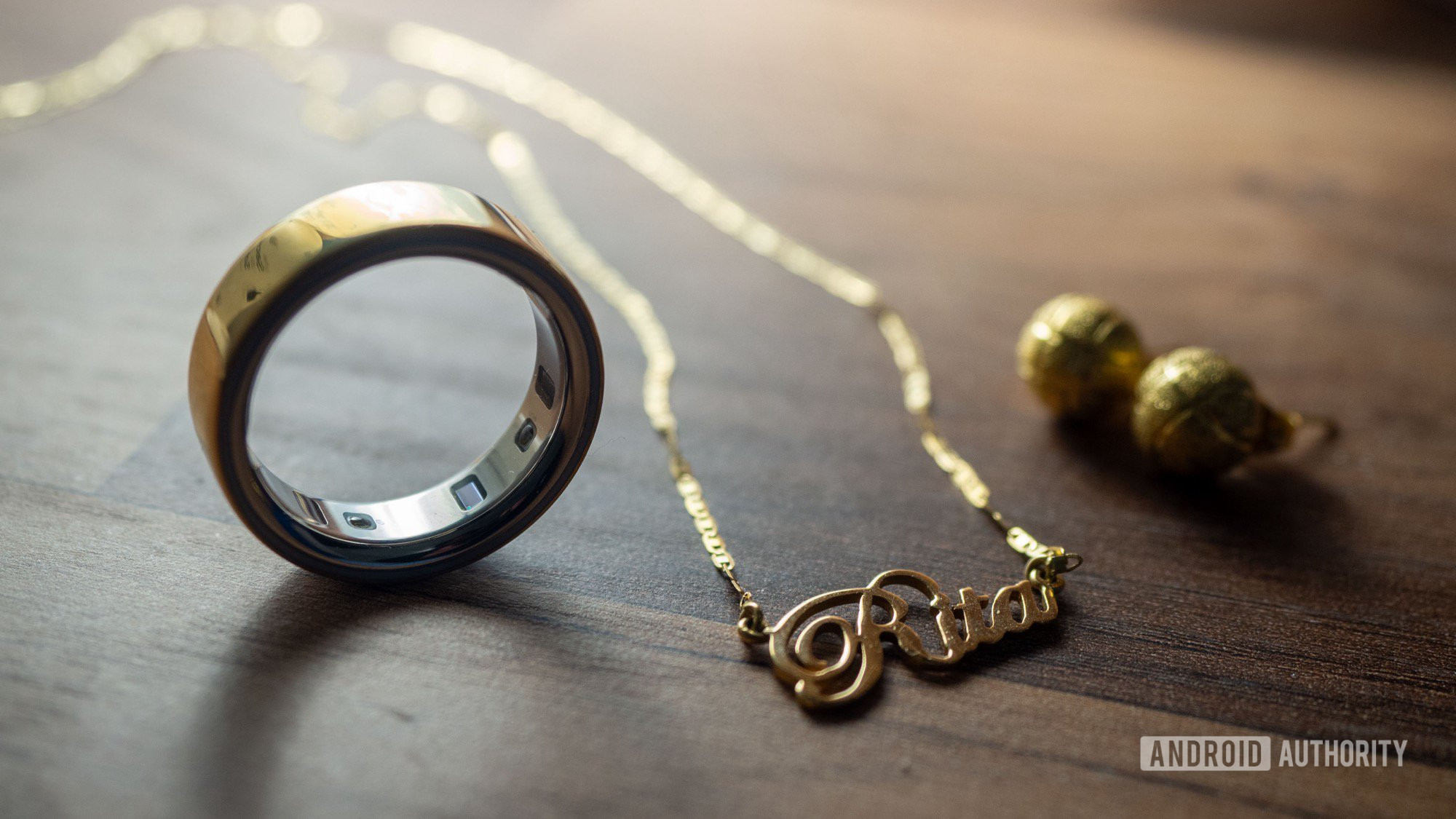
I’ve had a few rough weeks lately, between unending sickness and immense stress. Outdoor exercise has been nearly impossible, and indoor activity very limited. My sleep has taken a big hit, too. I know those aren’t the ideal situations to review a fitness tracker, but they are the ideal situations to see how well that tracker adapts to real life.
While my Pixel Watch 3 has been taunting me to move every hour and telling me I’m not meeting my cardio load, and my Galaxy Ring has been more or less a silent observer, Oura has been… kind. It’s silly to qualify an object and an app with a human quality, but that’s what I get from Oura’s messaging each time I open the app. Check the two screenshots below, taken on the same day, and see what I mean.
It suggested I switch on the rest mode when I had a fever; it told me to take it easy when I barely slept for three hours; and it positively encouraged me the one day I was able to get out and walk. There’s something here that makes me want to use the app, even when I’m not meeting my goals, whereas I dread opening Fitbit on those same days. You might think this leads to laziness, but no. When I was exercising frequently and feeling on top of the world, I still checked out the Oura app more than Fitbit because it felt more positively encouraging instead of just laying out numbers to me.
When I'm not achieving my goals, Fitbit taunts me, Samsung doesn't do much, but Oura is kind.
Oura is also marketing its new Advisor, a privacy-first AI chatbot that knows your personal data and can help you achieve your goals by giving you actionable advice. I found it a bit basic for now, however. Perhaps that’s due to the fact that I’m not feeling well, to begin with.
Oura Ring 4 review verdict: Is it worth it?
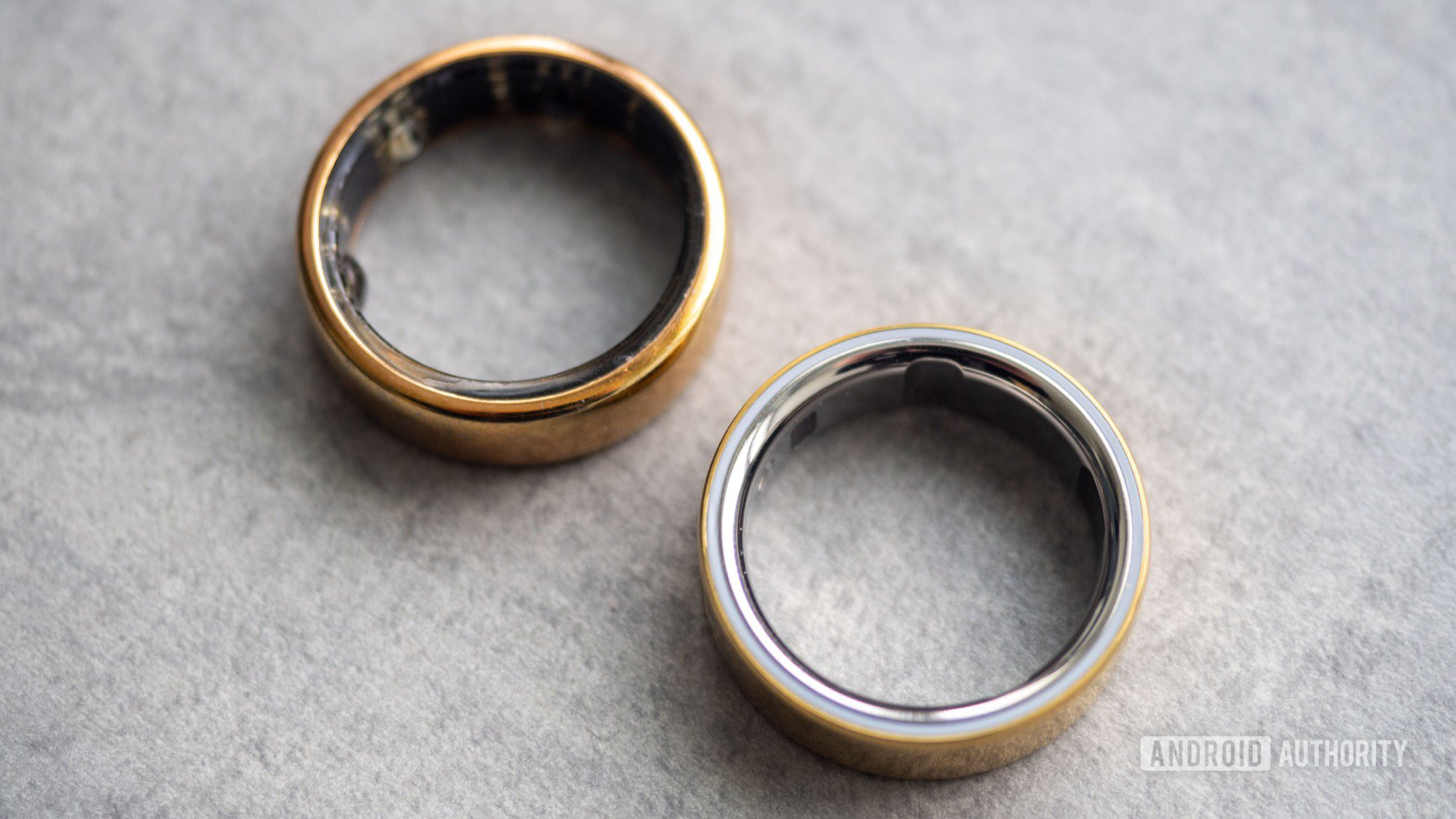
When you factor in everything I’ve said about the Oura Ring 4 so far, I think the conclusion is simple. Those looking for a jewelry accessory will find that the Samsung Galaxy Ring is a better buy. Oura decided to put its efforts and investments towards fighting the sensor bumps, so the aesthetic improvement had to take a backseat to comfort with this fourth generation.
But those who can look past the bulky design and care both about the stats that a ring gives them and the way it delivers those stats, then this is the one. The entire experience can be tailored to push you to achieve more or help you ease into a healthier lifestyle. Plus, the fact that it understands the need for rest days (and has understood them for years now) is just proof that the Oura Ring 4 was made by humans, not by machines that expect you to achieve your goals every single day.
This is the best smart ring experience out there; you just have to accept its aesthetics and monthly subscription.
Yes, the Oura membership is extremely expensive, but I think it’s worth it for the insights it delivers and the upgrades you receive over time. As I said, I’ve had the previous Ring 3 for 18 months and in that time, Oura has added so many new features that by the end of it, it felt like I’d bought a new ring. This is the kind of paid subscription that doesn’t make you feel bitter: You know your money is going towards more development, and you get more features and more value out of the gadget you bought over time. Even now, owners of the Ring 3 should have gotten the new app design and the automated activity tracking that the Ring 4 offers out of the box.
So, evidently, if you have the Oura Ring 3 and you’re happy with it, skip the Ring 4. There isn’t much that’s changed here that’s worth the upgrade — unless you have bony fingers and the sensors really annoy you — and you’ll still be getting many of the same software features down the line. But if you’re looking for a new smart ring and you can factor in that monthly investment, then you won’t be disappointed by the Oura Ring 4.

